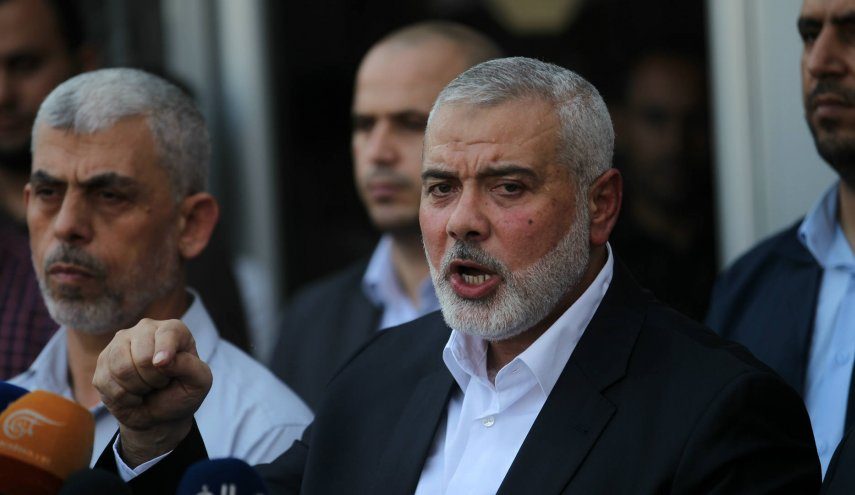Ismail Haniyeh visited Cairo for intensive talks on a new ceasefire to let aid reach Gaza and free more hostages.
Hamas leader Ismail Haniyeh held “intensive talks” during his visit to Egypt on Wednesday amid regional efforts to reach a ceasefire in Gaza, Reuters reported, citing a source familiar with the matter.
Haniyeh’s visit to Cairo is the first since early November, shortly before Qatar and Egypt brokered a week-long pause in Gaza to enable the release of Israeli and foreign captives from Hamas.
The truce began on November 24 and was renewed twice, ultimately ending on December 1 and lasting seven days.
The pause led to the release of 110 Israeli and foreign captives from Gaza, according to a Doha News tally. As part of the deal, Israel released 240 Palestinian women and children from Israeli prisons.
Israel resumed its genocidal war on Gaza after the truce expired on Friday, December 1, while advancing deeper into the Palestinian enclave. Israel believes there are still 129 hostages in Gaza.
Israel said on December 2 that it had pulled out its negotiators from talks with Qatar, Egypt and the United States over a renewed pause, declaring an impasse in the negotiations.
The negotiations have appeared to gain momentum this week with reports pointing to a meeting between Qatar and the parties involved in the war on Gaza.
A source privy to the matter told Reuters on Tuesday that the talks were “positive” though no deal is imminent following a fresh meeting between the relevant parties reportedly took place in Poland.
Qatar has yet to publicly comment on the reported meeting.
The public Israeli pressure on Israeli Prime Minister Benjamin Netanyahu has increased after the occupation forces admitted that it “mistakenly” killed three captives in northern Gaza on Friday.
The three hostages were identified as Yotam Haim, Samar Talalka and Alon Shamriz. All were waving a white flag and were misidentified “as a threat”, the Israeli military said on X.
Israel and the US have been rejecting all ceasefire attempts in Gaza as they both believe it would weaken their fight against Hamas while demanding the release of the remaining hostages.
The Palestinian group has refused to release the remaining captives unless Israel completely halts the war on Gaza.
On Wednesday, US President Joe Biden said that there “is no expectation at this point” for another pause, though he has been “pushing it.”
The US — Israel’s staunchest ally — had used its veto power to block a United Nations resolution that demanded an immediate ceasefire in Gaza on December 8, triggering outrage over Washington’s backing of Israel’s atrocities on the ground.
On November 2, the US House of Representatives passed a Republican bill to provide $14.3 billion in aid to Israel.
The amount was in addition to the annual $3.8 billion military aid that includes fighter jets and destructive bombs. Israel is the largest recipient of US foreign military aid.
The US also provided Israel with 15,000 bombs and 57,000 artillery shells “shortly after” the surprise Hamas attack on October 7, according to a Wall Street Journal report on December 1.
Amnesty International confirmed in a report on December 5 that US-made arms were being used by Israel after reviewing fragments of the munition found under the rubble of two civilian houses in Gaza.
The report found that the Israeli occupation forces used American-made Joint Direct Attack Munitions weighing between 1,000-to-2,000 pounds, during their attacks on civilians’ houses in the south of Wadi Gaza in October.
Israel has continued its brutal genocidal war on Gaza for more than 10 weeks, with occupation forces carrying out deadly raids across the north and south of the besieged enclave.
Euro-Med reported on Tuesday that Israel has killed 26,612 people in Gaza, including 10,305 children.







